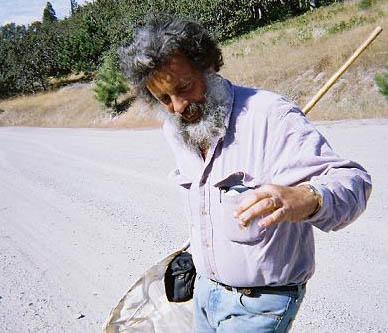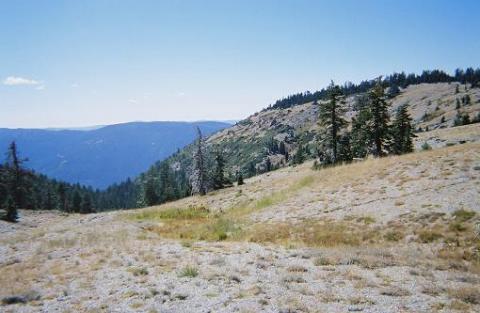Art Shapiro began monitoring 10 transects in 1972 and has been conducting bi-weekly monitoring of those sites ever since. He also monitors an additional site as part of NABA's Seasonal Count Program! Art's program is the longest continually running butterfly monitoring project in the world, predating even the British Butterfly Monitoring Scheme.
Art Shapiro's Butterfly Project
Snapshot

Protocol
Program Results
 Forister, M. L., J. P. Jahner, K. L. Casner, J. S. Wilson, and A. M. Shapiro. 2011. The race is not to the swift: Long-term data reveal pervasive declines in California's low-elevation butterfly fauna. Ecology 92:2222-2235. This paper tracks population trends of ~40 butterfly species separately at each lowland site (see map above), West Sacramento (WS), Rancho Cordova (RC), North Sacramento (NS), and Gates Canyon (GC). The correlation coefficient for each species is shown at each site. Negative coefficients indicate declines and the dashed line separates negative coefficients (where populations are increasing) to negative coefficients (declining). High elevation sites (see above map) did not show similar declines. More “weedy” species that are mobile and associated with disturbed habitat were not declining as precipitously, but the difference was slight. No other butterfly trait was associated with probability of decline.
Forister, M. L., J. P. Jahner, K. L. Casner, J. S. Wilson, and A. M. Shapiro. 2011. The race is not to the swift: Long-term data reveal pervasive declines in California's low-elevation butterfly fauna. Ecology 92:2222-2235. This paper tracks population trends of ~40 butterfly species separately at each lowland site (see map above), West Sacramento (WS), Rancho Cordova (RC), North Sacramento (NS), and Gates Canyon (GC). The correlation coefficient for each species is shown at each site. Negative coefficients indicate declines and the dashed line separates negative coefficients (where populations are increasing) to negative coefficients (declining). High elevation sites (see above map) did not show similar declines. More “weedy” species that are mobile and associated with disturbed habitat were not declining as precipitously, but the difference was slight. No other butterfly trait was associated with probability of decline.
Shapiro A.M. Shapiro, R. VanBuskirk, G. Kareofelas, W.D. Patterson. 2003. Phenofaunistics: seasonality as a property of butterfly faunas. C.L. Boggs, W.B. Watt, P.R. Ehrlich (Eds.), Butterflies: Ecology and Evolution Taking Flight, University of Chicago Press, Chicago pp. 111-147
 ,
, 

